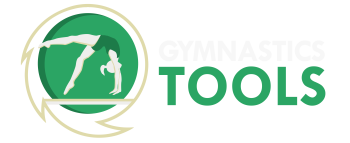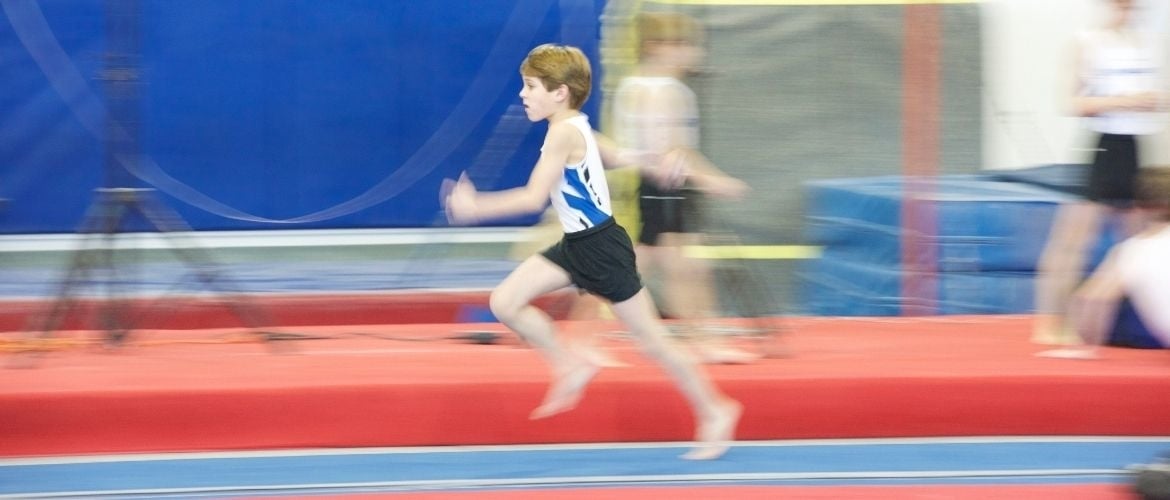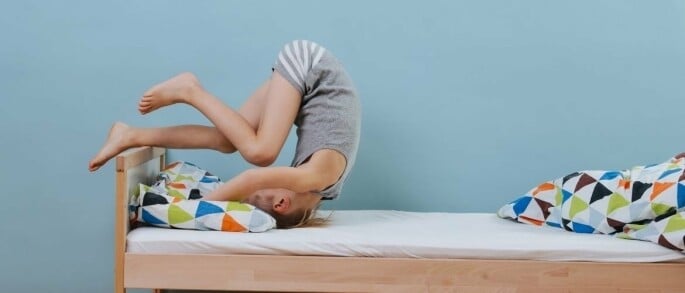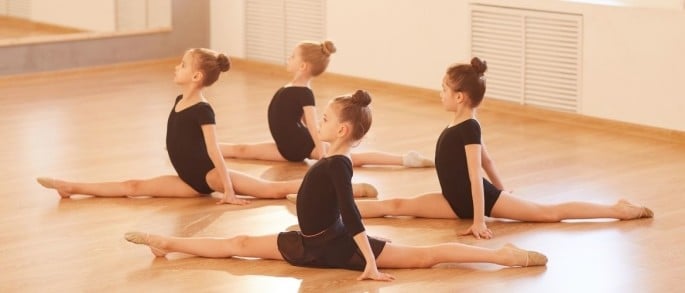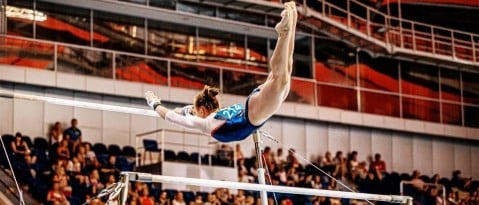Running or sprinting’ is a common practice in gymnastics. For example, you have to run for a jump or gain speed for the start of a series. Perhaps you have been running or sprinting since childhood, for example on the schoolyard, and it looks simple. Yet there is a whole technique behind it. This article will take you through this technique.
Walking is a repetitive movement, also called cyclic. One should not confuse running with walking, which is popularly called running. The running movement requires the rapid storage and release of energy. This rapid storage and release of energy is facilitated by the elastic action of the muscle. If this does not work optimally, energy is lost. If you want to know exactly how this works, look for information about “Hill’s model“.
The gait cycle
The cycle of running has phases that are illustrated in the figure below.

Image: Adapted from Melbourne Sports and Allied Health Clinic
The front swing phase
The front swing phase is all about raising the leg. Stretch out your whole body and make yourself as big as possible. Your torso should be upright or leaning slightly forward. With the leg raised, the arm swings in the opposite direction.
Front support phase
Move the landing leg actively down towards the ground, stretching the ankle and foot out towards.
Rear support phase
Extend fully from the ankle, knee and hip. The trunk is in line with the outstretched leg. Stretch out the whole body and make yourself as big as possible.
Rear swing phase
Swing the heel actively towards the buttock while keeping the hips stretched
The same upper body position applies to all phases. Keep the shoulders low and relaxed. Keep the head upright and in line with the trunk. The hands are in a relaxed position at hip and chin level. This usually corresponds to an elbow angle of 90 degrees.
InspanningLoont has good videos to support the running exercises.
Walking exercises per phase that you can use in your training
Front swing phase
You can train this phase by doing knee lifts. Examples are skipping and tripping exercises.
Skipping:
Trippeling:
The anterior support phase
You can train this phase with landing exercises involving direct rebounds, such as pendulum/horse passes.
Shuttle pass/ horse passes:
The rear support phase
You can train the rear push-off phase, for example, with “deer jumps” where the emphasis is on stretching the rear leg (hip-ankle-knee).
Deer jumps (in running terms these are called running jumps):
The rear swing phase
This phase is trained by heel-bone exercises.
Hak-bil
Fix common mistakes in running with exercises
Below are three common mistakes and training tips to correct the mistakes in running.
1. Rotations of the trunk
Rotations of the shoulder are opposite to the pelvis. When launching the outstretched right leg (back support phase right), the left shoulder comes forward (rotation). A rotation of the longitudinal axis is not desired (when the same shoulder rotates backwards at the push-off, in this case the right shoulder).
Exercise: use the knee lifts exercise whereby the emphasis is on simultaneously lifting the knee and using the opposite arm. In the process, the shoulder may be brought forward. Hold this position for 2 seconds and then change positions sharply.
2. Insufficient or no hip extension
In order to obtain as much forward energy as possible from the push-off phase, the hip must be stretched. You can recognise this error by the gymnast running with a constant angle in the hip.
Exercises: Deer jumps/ running jumps with emphasis on hip extension.
3. Running on the heel
In a sprint run, you have to run on the ball of the foot. In this way, the contact time with the ground is as short as possible and you can maintain and increase your forward speed as much as possible.
Exercise: tripping and skipping. Perform all exercises with emphasis on a forefoot landing. Place an external focus on tilting the trunk forward. This tends to make you walk more on your toes.
Sources:
- Frans Bosch 2001 Running, biomechanics and exercise physiology applied practically.
- The rehaboom. A methodical approach in sports rehabilitation. 2017 Toine van de Goolberg
Speed training with reaction lights
The use of reaction lights in your training offers endless possibilities. Besides strength, coordination and balance, you can also train your speed with them. Reaction lights are already an essential part of most sports.
